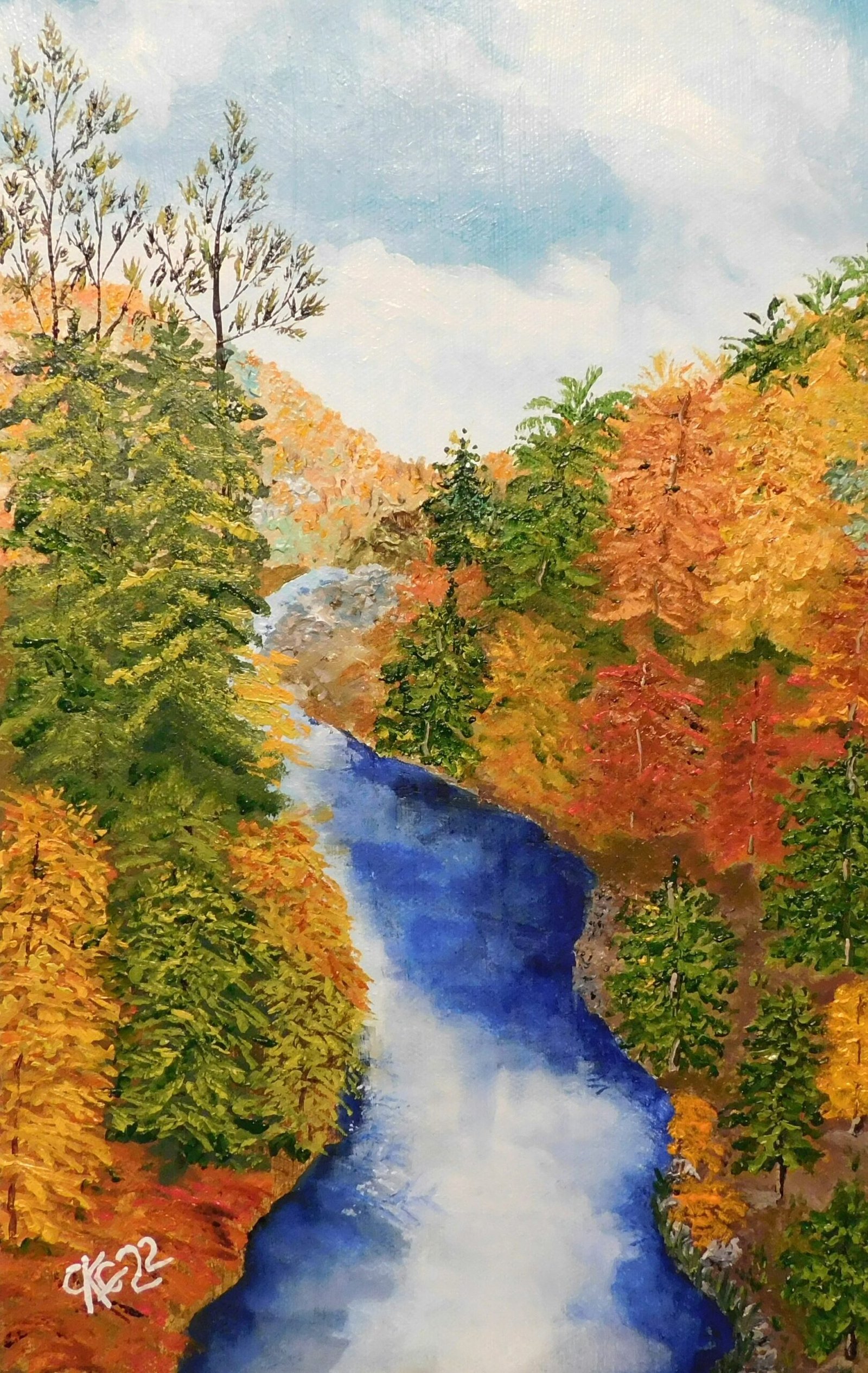
The Artistic Process: A Journey of Creativity and Expression
Artistic activity is a fascinating and multifaceted endeavor that encompasses a wide range of creative disciplines. From painting and sculpture to music and dance, artists use their skills and imagination to express their thoughts, emotions, and ideas. In this blog post, we will delve into the world of artistic activity, exploring the creative process, the challenges artists face, and the impact of art on society.
The creative process is a deeply personal and unique journey for every artist. It begins with inspiration, a spark that ignites the artist’s imagination and sets their creativity in motion. This inspiration can come from a variety of sources – a beautiful landscape, a powerful emotion, a thought-provoking idea, or even the work of other artists. Once the initial inspiration strikes, the artist begins to explore and experiment, searching for the best way to bring their vision to life.
This exploration phase is often characterized by trial and error, as the artist experiments with different techniques, materials, and styles. It is a time of discovery and growth, as the artist pushes the boundaries of their own abilities and seeks to find their unique voice. This process can be both exhilarating and frustrating, as the artist grapples with self-doubt and the constant desire for improvement.
As the artist continues to refine their work, they enter the critical stage of self-reflection and evaluation. They analyze their creations, seeking to understand what works and what doesn’t. This critical eye allows them to make necessary adjustments and improvements, ensuring that their art accurately reflects their intentions and resonates with their audience.
The challenges artists face throughout this process are numerous. They must contend with self-doubt, creative blocks, and the pressure to produce work that is both original and meaningful. They often face financial constraints and the need to balance their artistic pursuits with the demands of everyday life. However, it is these challenges that push artists to grow and evolve, to dig deep within themselves and find the strength to overcome obstacles.
Beyond the personal journey of the artist, art also has a profound impact on society as a whole. It has the power to inspire, provoke thought, and foster empathy. Art has the ability to transcend language and cultural barriers, connecting people from different backgrounds and experiences. It can be a catalyst for social change, raising awareness about important issues and challenging societal norms.
In conclusion, the artistic process is a complex and transformative journey. It requires dedication, perseverance, and a willingness to embrace vulnerability. Artists play a vital role in our society, enriching our lives and challenging us to see the world from new perspectives. Through their creative endeavors, they bring beauty, meaning, and a sense of wonder to our lives.
The Creative Process: From Inspiration to Creation
At the heart of artistic activity lies the creative process. This journey begins with inspiration, which can come from a variety of sources such as nature, personal experiences, or even other works of art. Artists often find themselves captivated by a particular subject or idea, and this initial spark fuels their creative exploration.
Once inspired, artists embark on the process of creation. This involves brainstorming ideas, experimenting with different techniques and materials, and refining their concepts. The creative process is highly individualistic, with each artist bringing their unique perspective and style to their work.
As artists delve deeper into their creative process, they may find themselves faced with challenges and obstacles. These can range from technical difficulties to emotional blocks. However, it is through these challenges that artists are able to push the boundaries of their creativity and discover new ways of expressing themselves.
During the creation phase, artists immerse themselves in their work, often losing track of time and becoming completely absorbed in the process. They may spend hours, days, or even months refining their piece, constantly striving for perfection. This dedication and commitment to their craft is what sets artists apart and allows them to create truly impactful and meaningful work.
Throughout the creative process, artists rely on their intuition and instinct to guide them. They trust their inner voice and allow it to lead them in unexpected directions. This willingness to take risks and embrace uncertainty is what allows artists to push the boundaries of their creativity and create truly innovative and groundbreaking work.
As the creative process nears its completion, artists step back and evaluate their work. They critically analyze every aspect, from composition to color palette, making adjustments and refinements as necessary. This self-reflection is essential in ensuring that the final piece accurately represents the artist’s vision and intent.
In conclusion, the creative process is a journey that begins with inspiration and culminates in the creation of a unique and impactful work of art. It is a deeply personal and individualistic process, driven by intuition, experimentation, and a relentless pursuit of perfection. Through challenges and self-reflection, artists are able to push the boundaries of their creativity and create work that resonates with others. The creative process is a testament to the power of the human imagination and the limitless possibilities of artistic expression.
The Challenges of Artistic Activity
While artistic activity can be incredibly fulfilling, it is not without its challenges. One of the primary obstacles artists face is the fear of judgment and criticism. Creating art requires vulnerability, as artists put a piece of themselves into their work. The fear of rejection or negative feedback can be paralyzing, making it difficult for artists to fully express themselves. This fear can stem from a variety of sources, such as the pressure to meet societal expectations or the fear of not being understood or appreciated by others. Artists often find themselves questioning their own abilities and doubting their artistic choices, which can hinder their creative process.
Another challenge is the pursuit of originality. In a world saturated with art, it can be challenging for artists to find their unique voice and stand out from the crowd. The pressure to create something new and innovative can be overwhelming, leading to self-doubt and creative blocks. Artists may find themselves constantly comparing their work to others, striving for perfection, and feeling discouraged when they perceive their creations as derivative or unoriginal. This constant search for originality can be mentally and emotionally exhausting, as artists struggle to balance their desire to be unique with the need to stay true to their artistic vision.
Additionally, the financial aspect of artistic activity can be a significant challenge. Many artists struggle to make a living solely from their art, often juggling multiple jobs to support their creative endeavors. This can limit their time and resources, making it difficult to fully dedicate themselves to their craft. Artists may find themselves torn between pursuing their passion and meeting their financial obligations. The constant need to find a balance between artistic fulfillment and financial stability can be a source of stress and uncertainty for many artists.
Moreover, the competitive nature of the art industry can present yet another challenge. Artists often find themselves in a constant battle for recognition and opportunities. The limited number of galleries, exhibitions, and grants available can make it difficult for artists to gain exposure and establish themselves in the art world. This can lead to feelings of frustration and discouragement, as artists struggle to break through the barriers and gain the recognition they deserve.
Despite these challenges, artists continue to persevere and create. They find ways to overcome their fears and doubts, pushing themselves to explore new ideas and techniques. They seek out support from fellow artists and mentors, who provide guidance and encouragement. They adapt to the ever-changing art market, finding innovative ways to showcase and sell their work. And most importantly, they remain true to their passion and commitment to their craft, using their art as a means of self-expression and connection with others.
In conclusion, the challenges of artistic activity are numerous and varied. From the fear of judgment and criticism to the pursuit of originality, the financial struggles, and the competitive nature of the art industry, artists face a multitude of obstacles. However, it is through these challenges that artists grow and evolve, pushing the boundaries of their creativity and leaving a lasting impact on the world. Artistic activity may be demanding, but it is also incredibly rewarding, allowing artists to express their unique perspectives and contribute to the rich tapestry of human culture. In addition, art has the power to transcend language barriers and communicate universal messages. Visual art, such as paintings and sculptures, can convey emotions and ideas without the need for words. This makes art accessible to people from different cultures and backgrounds, creating a platform for cross-cultural understanding and appreciation.
Moreover, art has the potential to challenge the status quo and bring about social change. Throughout history, artists have used their work to critique political systems, advocate for human rights, and shed light on social injustices. Artistic movements, such as the Harlem Renaissance and the feminist art movement, have played a crucial role in shaping societal attitudes and pushing for equality.
Art also has economic implications, as it contributes to the growth of industries such as entertainment, fashion, and design. Museums, galleries, and art festivals attract tourists and generate revenue for local communities. Additionally, the creation and sale of artwork provide employment opportunities for artists, art dealers, and art educators.
Furthermore, art education is vital in fostering creativity and critical thinking skills. By engaging in artistic activities, individuals develop problem-solving abilities, enhance their imagination, and learn to think outside the box. These skills are not only valuable in the art world but also in other fields such as science, technology, and business.
In conclusion, the impact of art on society is multifaceted and far-reaching. From its ability to inspire and provoke thought to its role in preserving culture and promoting social change, art plays a significant role in shaping our world. Whether it is through visual art, music, dance, or literature, artistic expression has the power to transcend boundaries and connect people on a profound level. It is essential that we continue to support and appreciate the arts, recognizing their immense value to individuals and society as a whole.
